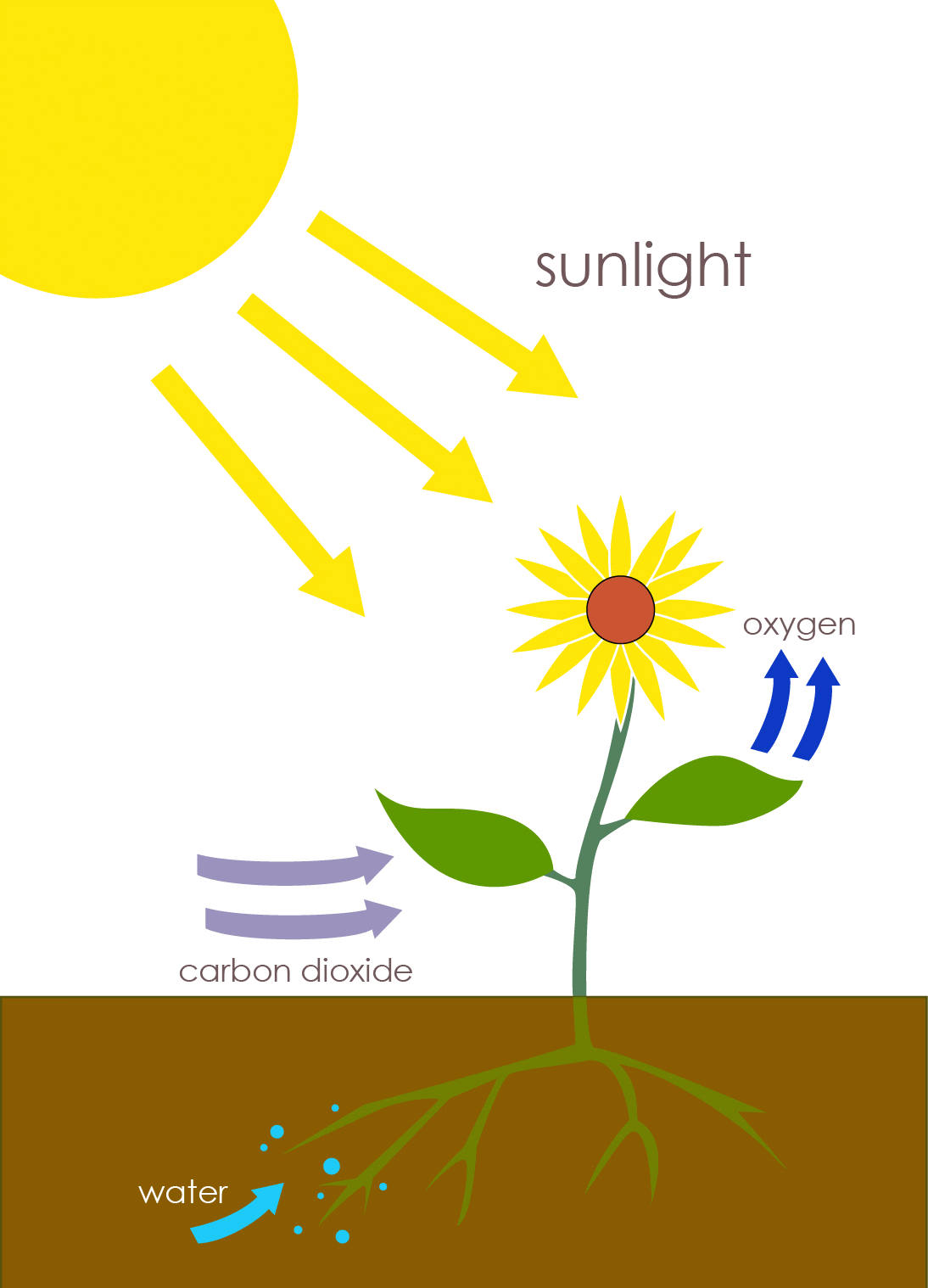
What is the role of light in plants?
A. It is necessary for photosynthesis.
B. It controls growth and movement.
C. It controls the distribution of hormones.
D. All of the above.
Answer
461.7k+ views
Hint: Photosynthesis is triggered by light. Plants transform light energy into chemical energy during photosynthesis. The sugars produced as a result, such as glucose, provide sustenance for the plant, allowing it to live, grow, and reproduce. A plant's growth is
influenced by the amount of light it receives.
Complete answer:
Photosynthesis is the conversion of light energy into chemical energy by green plants and other organisms. Light energy is collected and utilized by green plants during photosynthesis to convert water, carbon dioxide, and minerals into oxygen and energy-rich organic molecules.

The energy plants require to transform carbon dioxide and water into carbohydrates and oxygen is provided by light. Photosynthesis produces carbohydrates, which are needed for vegetative and reproductive growth, as well as to increase crop biomass. Photosynthesis requires sun energy, which is only available during daylight hours.
Auxin gets its name from the Greek word auxein, which means "to grow". Auxins are the hormones that cause cell elongation in phototropism (movement in response to light) and gravitropism (movement in response to gravity) (movement in response to gravity).
The importance of light in the lives of plants cannot be overstated. It is necessary for photosynthesis to make carbohydrates, which are then used in respiration to perform a variety of activities in plants, such as growth, movement, and controlling the distribution of various plant hormones.
Hence the correct answer is option D. All of the above.
Note:
Plants evolved the ability to capture and use solar light as they progressed through evolution. Plants that have developed these features have an evolutionary advantage over others that have not. Light influences several developmental processes in plants, including photoperiodism, phototropism, and photomorphogenesis, in addition to being an important source of energy. The oxygen in the atmosphere is thought to derive from light-induced water splitting in oxy photosynthetic organisms, which is catalyzed by the photosystem's oxygen evolving centre.
influenced by the amount of light it receives.
Complete answer:
Photosynthesis is the conversion of light energy into chemical energy by green plants and other organisms. Light energy is collected and utilized by green plants during photosynthesis to convert water, carbon dioxide, and minerals into oxygen and energy-rich organic molecules.

The energy plants require to transform carbon dioxide and water into carbohydrates and oxygen is provided by light. Photosynthesis produces carbohydrates, which are needed for vegetative and reproductive growth, as well as to increase crop biomass. Photosynthesis requires sun energy, which is only available during daylight hours.
Auxin gets its name from the Greek word auxein, which means "to grow". Auxins are the hormones that cause cell elongation in phototropism (movement in response to light) and gravitropism (movement in response to gravity) (movement in response to gravity).
The importance of light in the lives of plants cannot be overstated. It is necessary for photosynthesis to make carbohydrates, which are then used in respiration to perform a variety of activities in plants, such as growth, movement, and controlling the distribution of various plant hormones.
Hence the correct answer is option D. All of the above.
Note:
Plants evolved the ability to capture and use solar light as they progressed through evolution. Plants that have developed these features have an evolutionary advantage over others that have not. Light influences several developmental processes in plants, including photoperiodism, phototropism, and photomorphogenesis, in addition to being an important source of energy. The oxygen in the atmosphere is thought to derive from light-induced water splitting in oxy photosynthetic organisms, which is catalyzed by the photosystem's oxygen evolving centre.
Recently Updated Pages
Master Class 12 Business Studies: Engaging Questions & Answers for Success

Master Class 12 Economics: Engaging Questions & Answers for Success

Master Class 12 English: Engaging Questions & Answers for Success

Master Class 12 Maths: Engaging Questions & Answers for Success

Master Class 12 Social Science: Engaging Questions & Answers for Success

Master Class 12 Chemistry: Engaging Questions & Answers for Success

Trending doubts
What is meant by exothermic and endothermic reactions class 11 chemistry CBSE

Which animal has three hearts class 11 biology CBSE

10 examples of friction in our daily life

One Metric ton is equal to kg A 10000 B 1000 C 100 class 11 physics CBSE

1 Quintal is equal to a 110 kg b 10 kg c 100kg d 1000 class 11 physics CBSE

Difference Between Prokaryotic Cells and Eukaryotic Cells




